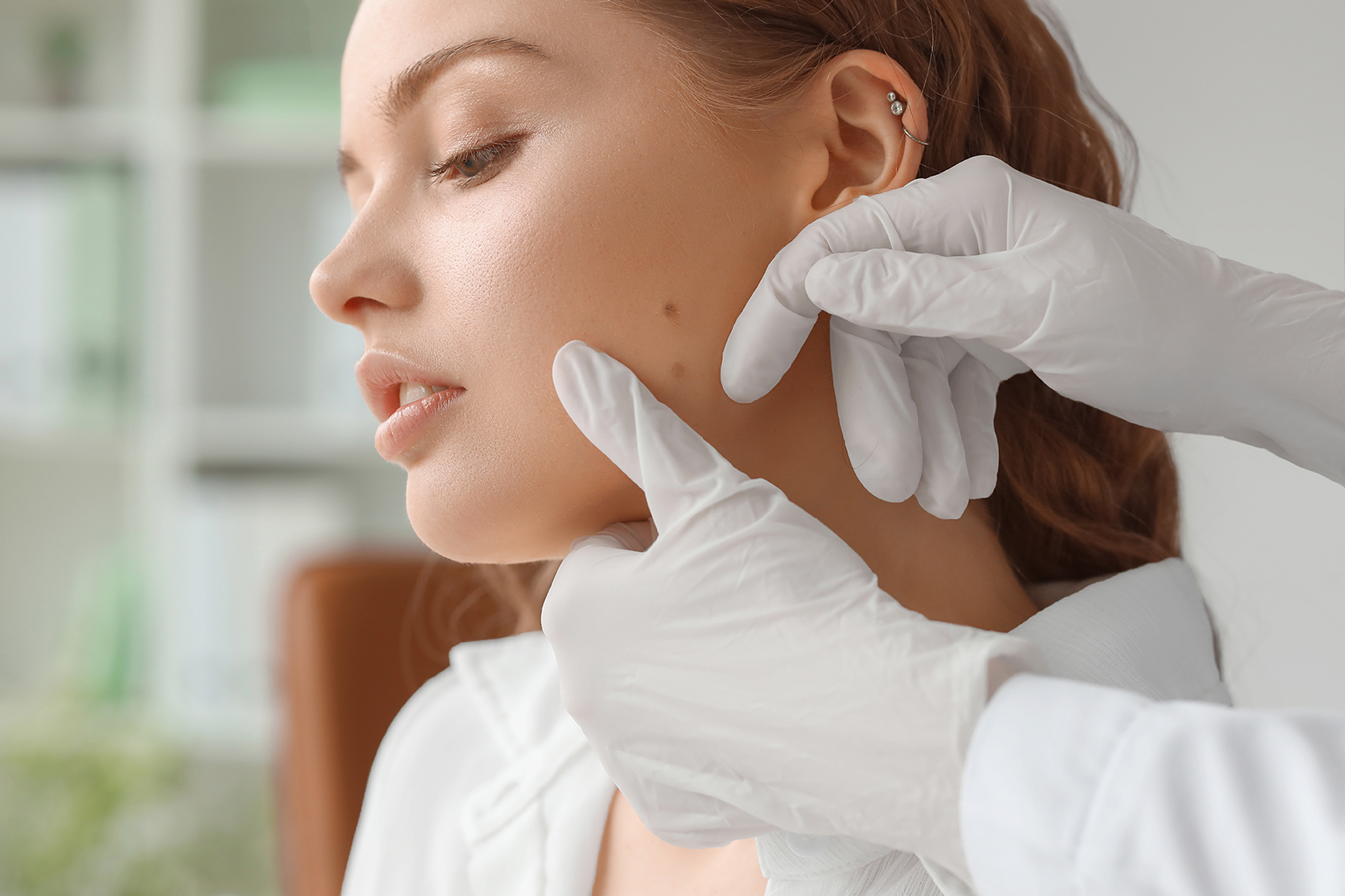- Chris Comans
- 0 Comments
When we think about skin cancer in Australia, the usual culprits come to mind: long days at the beach, harsh UV rays, and forgetting the sunscreen on a hot summer’s day. But for some Australians, especially those living in high UV index regions like Western Australia, there may be more at play than just sun exposure.
Genetics can also significantly influence a person’s risk of developing skin cancer. Understanding this hereditary link is vital for early detection and prevention.
At Skin ChX, we’ve seen firsthand how family history and inherited conditions can shape someone’s skin cancer journey. With WA recording some of the highest skin cancer rates in the world, it’s important that we become more aware of how our genetic background might be increasing our risk and what we can do about it.
Australia’s Harsh Reality
Australia is often labelled the skin cancer capital of the world, and it’s not without reason. Two in three Australians will be diagnosed with skin cancer by age 70, and the sun-drenched lifestyle in WA only adds to the risks. From Perth to the Pilbara, locals spend more time outdoors, increasing UV exposure year-round.
While sun exposure is a major factor, hereditary conditions and genetic predisposition are lesser-known but equally important risk contributors.
Hereditary Skin Cancer: Not Just a Sun Issue
Hereditary skin cancer occurs when individuals inherit gene mutations that increase their risk. This doesn’t guarantee skin cancer will develop, but it significantly raises the odds, especially when combined with high sun exposure.
Here are some known genetic syndromes and risk factors linked to skin cancer:
- Familial Atypical Multiple Mole Melanoma Syndrome (FAMMM)
This condition causes individuals to develop large numbers of atypical moles and is often linked to CDKN2A gene mutations. People with FAMMM have a greatly increased risk of developing melanoma, particularly if it runs in the family. - Basal Cell Nevus Syndrome (Gorlin’s Disease)
Gorlin’s disease is a rare inherited condition that causes the development of multiple basal cell carcinomas (BCCs), often from a young age. It’s caused by a mutation in the PTCH1 gene. People with Gorlin’s may develop hundreds of BCCs in their lifetime, even with minimal sun exposure. In sunny places like WA, UV exposure can further worsen outcomes, making early detection and lifelong skin monitoring essential. - Xeroderma Pigmentosum (XP)
A very rare condition where the skin cannot properly repair UV-induced damage, resulting in a dramatically increased skin cancer risk from early childhood. Strict UV avoidance is critical, especially in high UV regions. - BRAF Gene Mutations
These mutations can occur spontaneously or be inherited and are commonly found in melanoma cases, increasing both the risk of cancer and potential for recurrence.
If you have a first-degree relative (parent, sibling, or child) with melanoma or a known hereditary skin condition, your own risk may be significantly higher. It’s not just your skin type or sun habits; it may be in your DNA.
What Can Western Australians Do About It?
If you live in WA and have a family history of skin cancer or a known genetic condition, there are a few key steps you can take:
Know Your Family Medical History
Talk to relatives and find out whether conditions like melanoma, basal cell carcinoma, or genetic syndromes like Gorlin’s have occurred. Early knowledge can lead to proactive care.
Schedule Regular Skin Checks at Skin ChX
Routine skin screening with an experienced skin cancer screening practitioner can help catch changes early, before they turn into something more serious. At Skin ChX, we tailor screenings for individuals with higher genetic risk, including mole mapping and digital monitoring.
Perform Self-Checks Often
Become familiar with your skin. Monitor for new moles, changes in size, colour or shape, or any spots that don’t heal. If you have Gorlin’s or a similar condition, changes can be subtle but frequent.
Sun Safety Every Day
Even if your risk is genetic, UV exposure remains a major trigger. Sunscreen, sun-protective clothing, hats, and sunglasses should be part of your daily routine, not just in summer. In WA, the UV index can be high even in winter.
Skin ChX: Supporting High-Risk Individuals
At Skin ChX, we specialise in early detection, education, and personalised skin monitoring, especially for those with hereditary skin cancer risks. Whether you’ve been diagnosed with Gorlin’s disease, have a family history of melanoma, or are just concerned about your risk, our team is here to support your skin health long term.
We use industry-leading imaging and tracking systems to monitor your skin’s health, providing peace of mind through regular, comprehensive skin checks tailored to your needs.
In Summary
For many Western Australians, skin cancer risk isn’t just about the sun. It’s also about genetics. Conditions like Gorlin’s disease, FAMMM, or a strong family history mean regular skin checks aren’t just recommended, they’re essential.
With knowledge, awareness, and support from your local skin cancer screening practitioner at Skin ChX, you can take control of your skin health and catch problems before they become life-threatening.
Don’t wait for symptoms. Book a check today.
